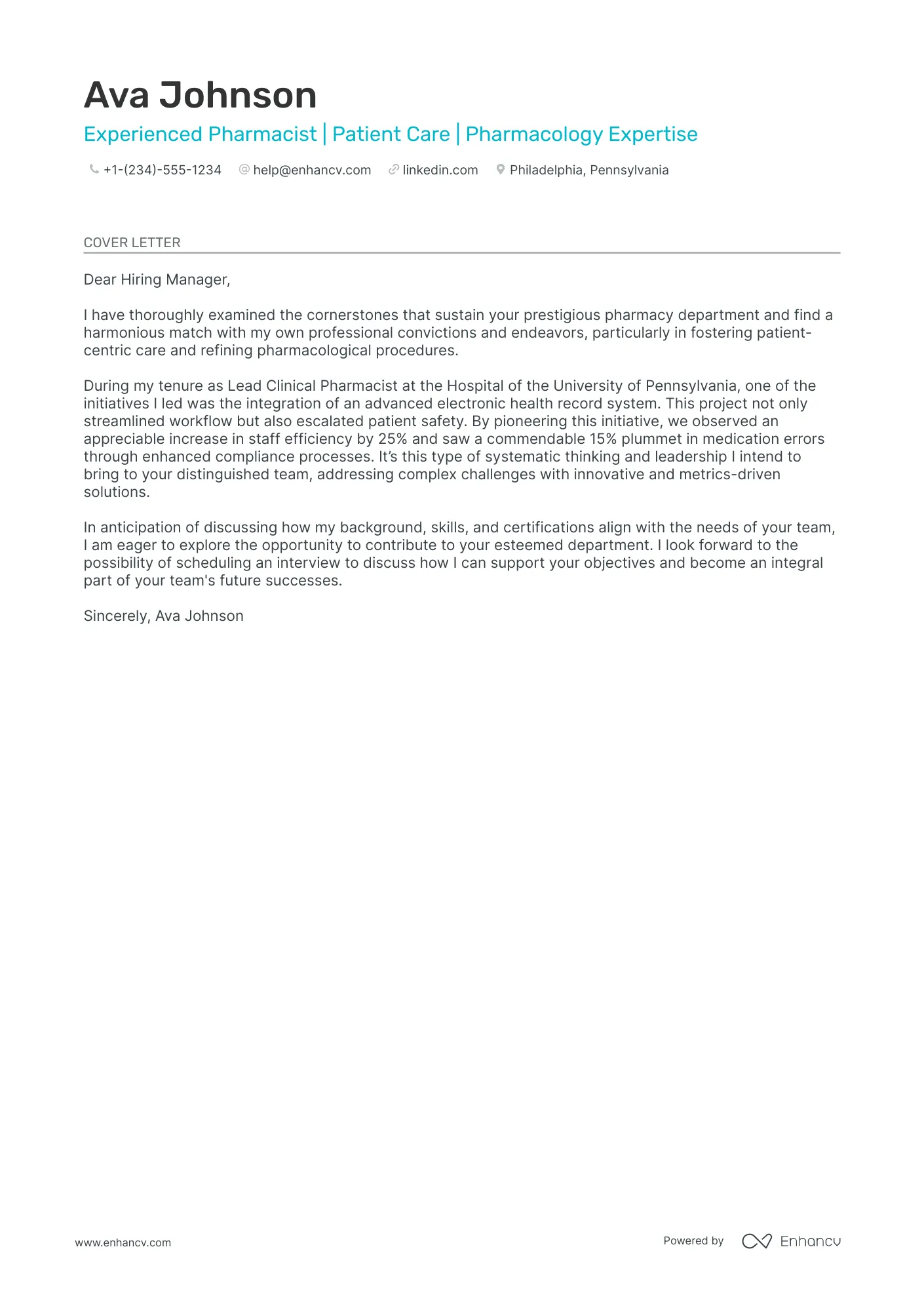Understanding the Importance of a Pharmacist Cover Letter
A pharmacist cover letter is more than just a formality; it’s your first impression and a critical tool in landing your dream job. It’s your chance to showcase your unique qualifications, passion for pharmacy, and alignment with the potential employer’s values. In a competitive job market, a well-crafted cover letter can set you apart from other applicants, demonstrating your attention to detail, communication skills, and genuine interest in the position. The cover letter allows you to go beyond your resume, providing context to your experience and highlighting specific achievements that align with the job requirements. A compelling cover letter is a tailored narrative that effectively communicates why you are the perfect fit for the role and why the hiring manager should choose you.
Key Components of a Compelling Cover Letter
Contact Information and Date
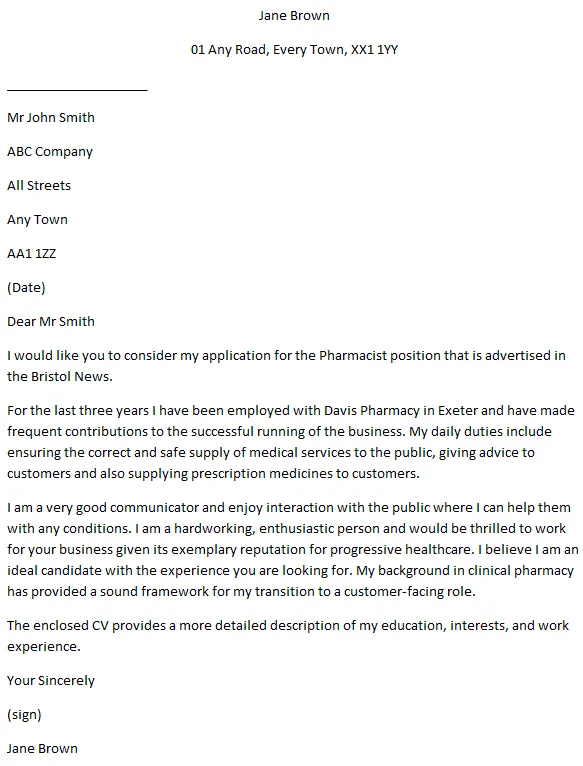
Begin your cover letter with your contact information at the top left, including your full name, phone number, email address, and LinkedIn profile URL (if applicable). Directly below your information, include the date of the cover letter. This ensures the recipient can easily reach you and knows when the letter was written, which is a standard professional practice that shows your attention to detail.
The Recipient’s Information
Next, address the recipient’s information on the left side. If possible, find the hiring manager’s name and title. Research the company website or LinkedIn to find this information. If you can’t find a specific name, use a professional title such as “Hiring Manager.” Always use a professional tone and appropriate title to show respect and your research skills, which is a key attribute in any professional environment.
Professional Salutation
Use a professional salutation, such as “Dear Mr./Ms./Dr. [Last Name],” or “Dear Hiring Manager,” if a name is unavailable. Avoid informal greetings like “Hi” or “Hello.” The salutation sets the tone for the entire letter, and using a formal greeting demonstrates respect and professionalism. Correctly addressing the recipient’s name also indicates that you’ve taken the time to research the company and the specific role, again reinforcing your interest in the role.
Crafting a Strong Opening
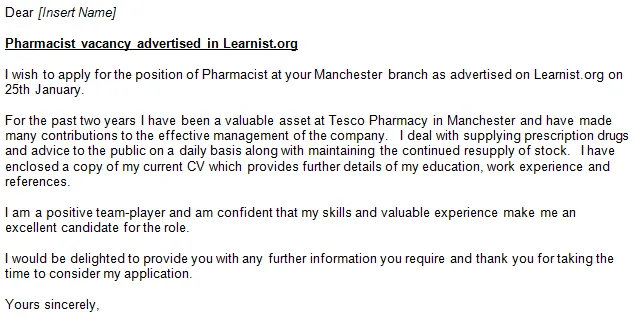
Your opening paragraph is crucial for grabbing the reader’s attention. State the position you’re applying for and how you learned about the opportunity. Briefly mention a key skill or achievement that aligns with the job requirements to immediately capture the reader’s interest. Express your enthusiasm for the position and the company to show your genuine interest. A compelling opening sets the stage for the rest of your letter, encouraging the hiring manager to continue reading and learn more about your qualifications.
Highlighting Your Qualifications and Skills
Emphasizing Relevant Experience
In the body of your cover letter, provide detailed information about your relevant experience. Focus on experiences that align with the job description. Use the STAR method (Situation, Task, Action, Result) to showcase your achievements. Describe the situation, the task you were assigned, the actions you took, and the positive results. Quantify your accomplishments whenever possible to demonstrate your impact. This approach helps employers understand your skills and experience in a practical, measurable way. Using this method helps show that you have the capabilities to deliver the goals expected of the pharmacy position.
Showcasing Your Clinical Knowledge
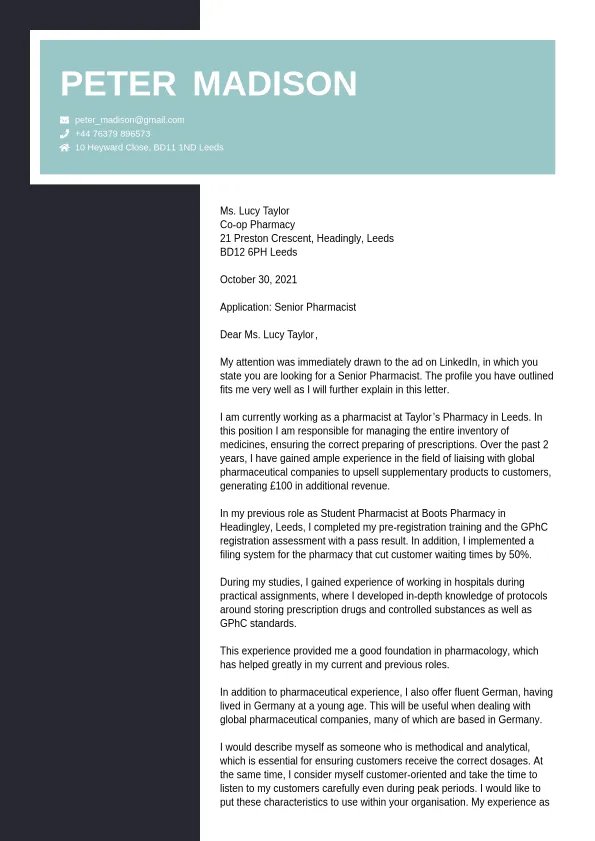
As a pharmacist, your clinical knowledge is paramount. Highlight your expertise in areas such as medication therapy management, patient counseling, compounding, and medication reconciliation. Mention any specialized certifications or training you possess, such as those related to immunizations or specific disease states. Demonstrating a strong clinical foundation showcases your ability to provide excellent patient care and contribute to the pharmacy’s overall success, which is essential for every pharmacist role.
Mentioning Soft Skills and Attributes
While technical skills are essential, don’t overlook the importance of soft skills. Highlight your communication, teamwork, problem-solving, and leadership abilities. Provide examples of how you’ve used these skills in past roles. For instance, describe how you resolved a conflict with a patient or collaborated with a healthcare team to improve patient outcomes. Emphasizing soft skills demonstrates your ability to work effectively within a team and provide patient-centered care, which is a highly valued skill in the pharmacy field.
Quantifying Achievements with Data
Use data to quantify your achievements whenever possible. Instead of saying “Improved patient adherence,” state “Increased patient adherence rates by 15% through targeted counseling.” Providing concrete numbers and statistics makes your accomplishments more compelling and demonstrates your ability to make a tangible impact. Include examples such as reducing medication errors, increasing prescription fill rates, or improving patient satisfaction scores. This quantifiable data provides concrete evidence of your skills and success, making your cover letter more persuasive.
Expressing Enthusiasm and Interest
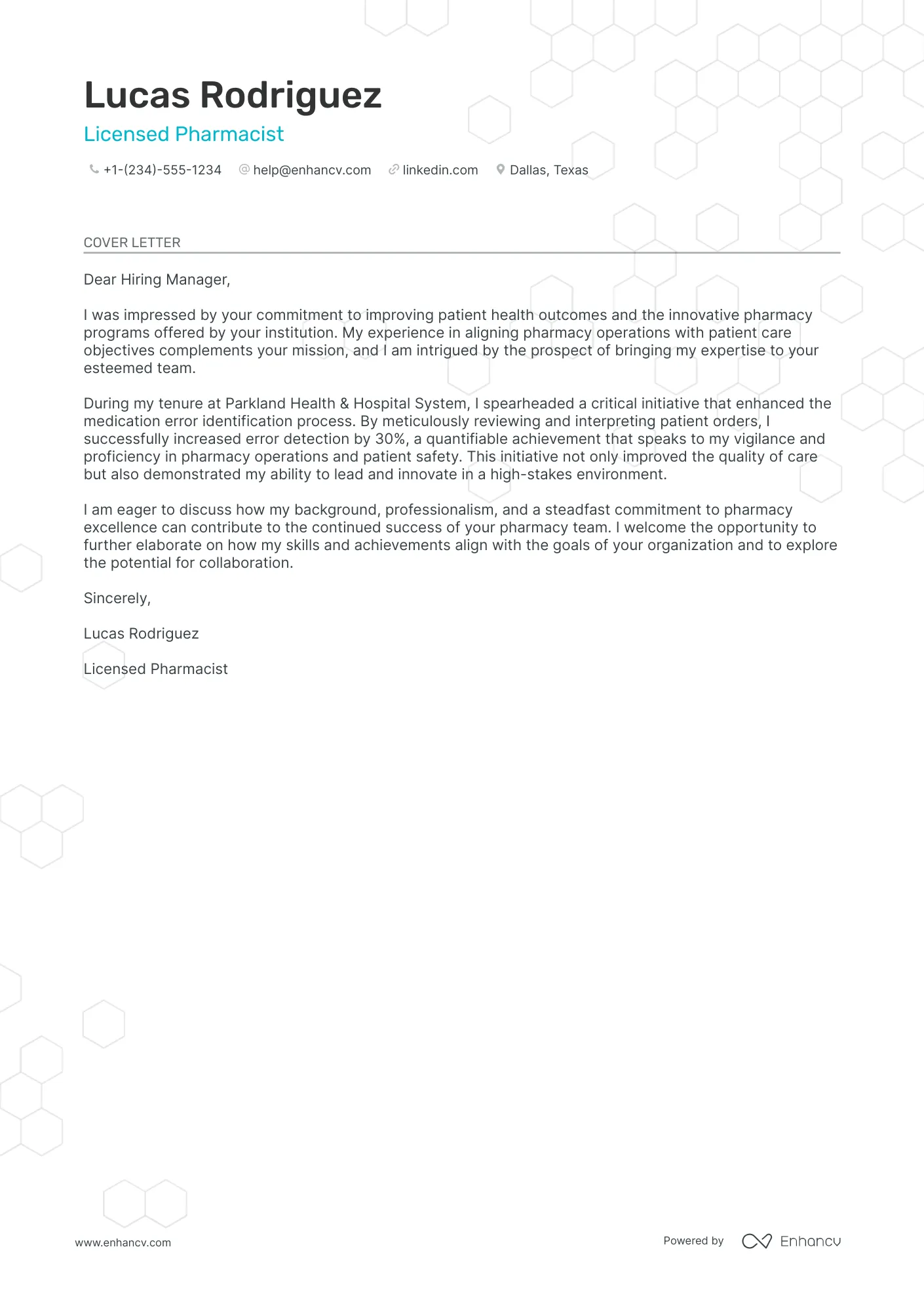
Tailoring Your Letter to the Specific Job
Always customize your cover letter for each job application. Carefully review the job description and identify the key requirements. Align your skills, experience, and achievements with those requirements. Address the specific needs of the employer and highlight how your qualifications match their needs. This tailoring process shows the hiring manager that you have taken the time to understand the position and that you are genuinely interested in the role. Demonstrate your interest by showcasing your understanding of the specific requirements and the unique challenges the pharmacy faces.
Researching the Pharmacy and Its Values
Before writing your cover letter, research the pharmacy or company. Visit their website, read their mission statement, and learn about their values. In your cover letter, mention how your values align with theirs. This demonstrates your genuine interest in the organization and your understanding of its culture. Reference specific initiatives, services, or programs offered by the pharmacy that resonate with your professional goals. This shows the hiring manager that you are not only qualified but also a good fit for their team.
Concluding with a Call to Action
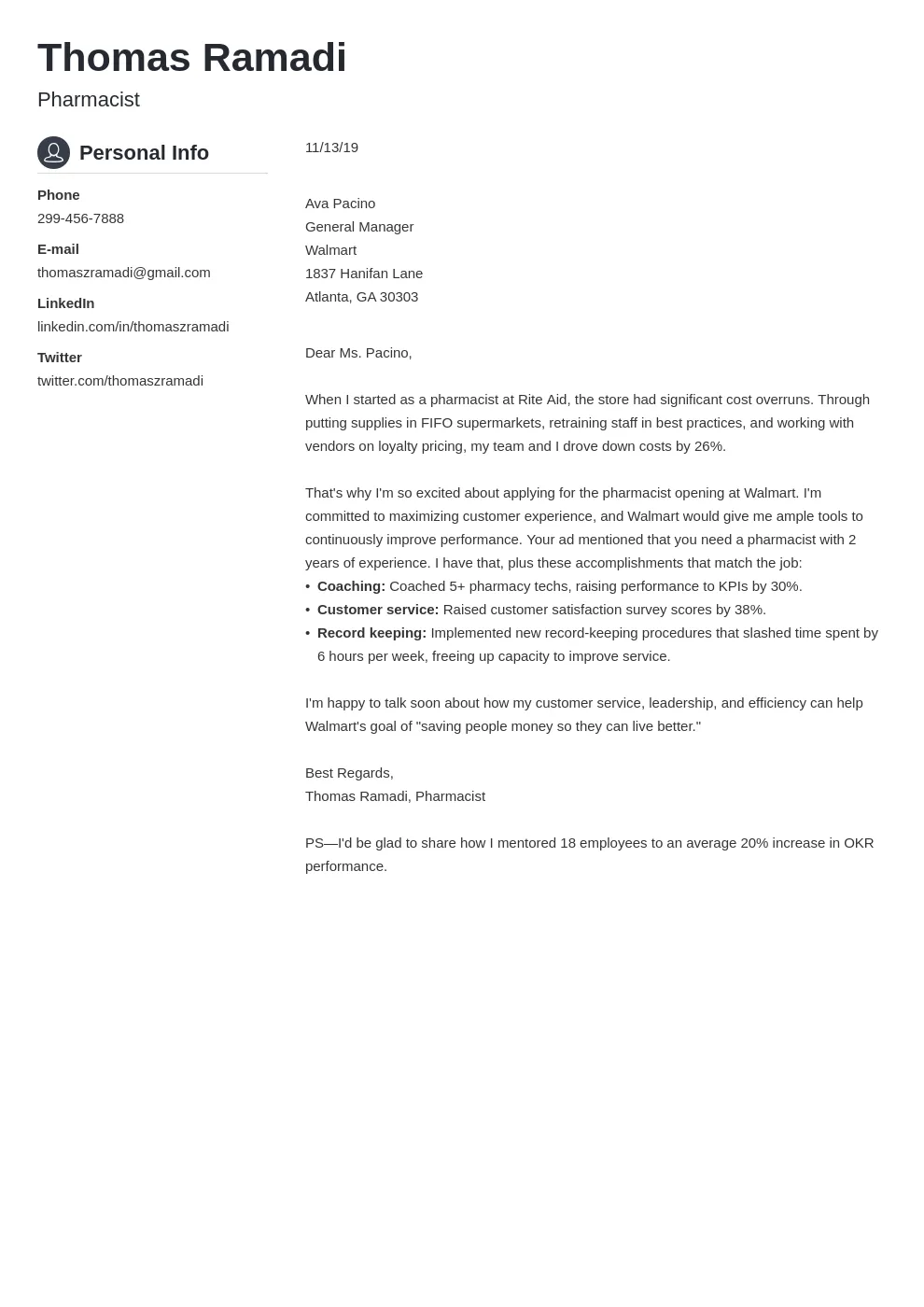
Expressing Gratitude and Offering Availability
In your concluding paragraph, thank the hiring manager for their time and consideration. Reiterate your interest in the position and briefly summarize why you are a good fit. Include a clear call to action, such as stating that you are eager to discuss your qualifications further in an interview. State your availability for an interview and mention the best ways to contact you. This ensures the hiring manager knows how to proceed and reinforces your enthusiasm for the role.
Proper Closing and Signature
Use a professional closing, such as “Sincerely,” “Respectfully,” or “Thank you for your consideration.” Leave space for your handwritten signature, if you are printing and mailing the letter. If submitting electronically, type your full name below the closing. Ensure your signature is clear and legible, reflecting your professionalism. A proper closing and signature complete your cover letter and leave a lasting impression on the hiring manager.
Proofreading and Editing Your Cover Letter
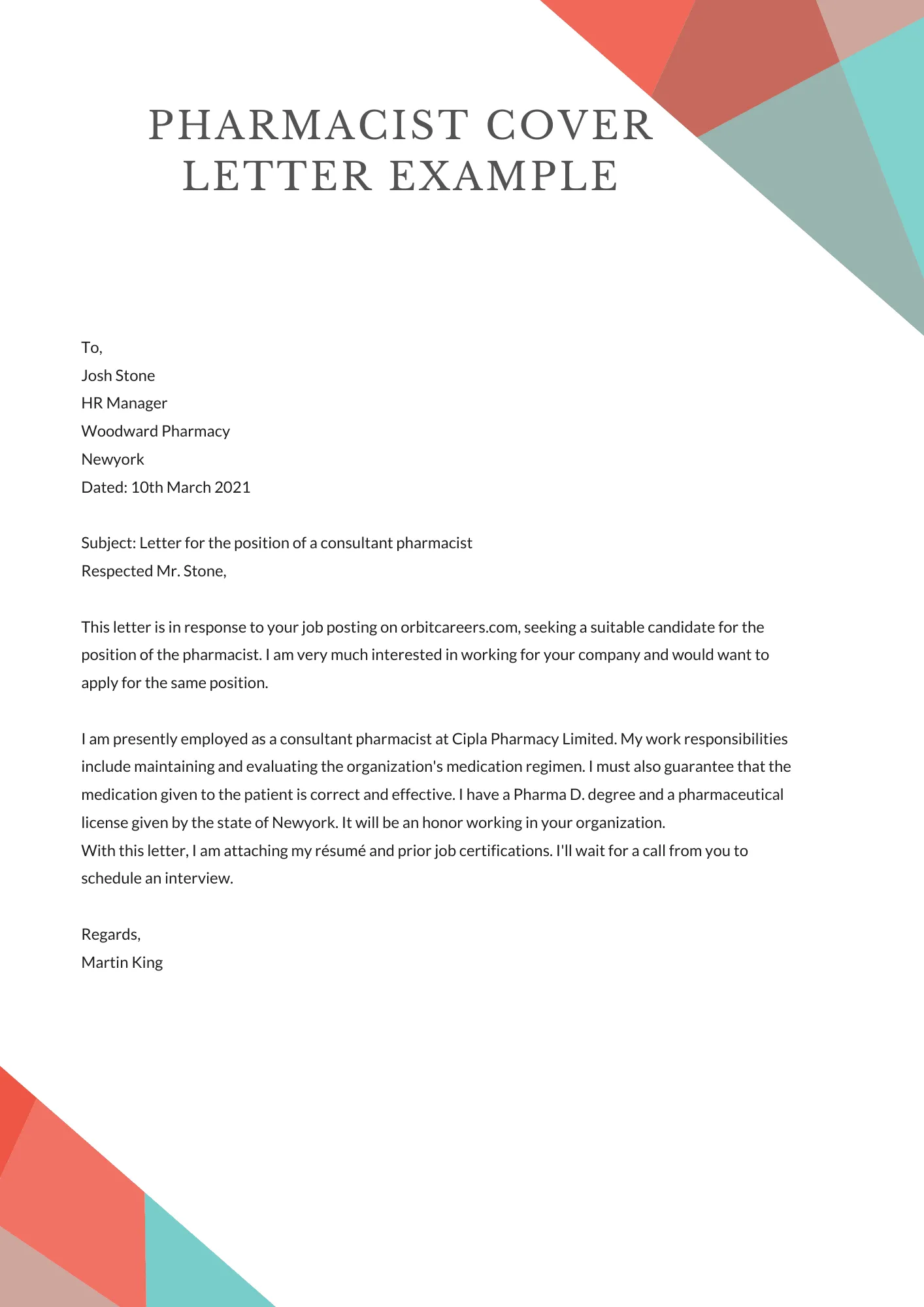
Common Mistakes to Avoid
Avoid common mistakes that can undermine your cover letter. These include typos, grammatical errors, and using generic language. Do not simply repeat your resume; instead, provide additional details and context. Avoid overly casual or informal language, and refrain from negative comments about previous employers. Ensure your tone is positive, professional, and enthusiastic throughout the letter. Always tailor your letter to each specific job, avoiding a one-size-fits-all approach. Ensure your cover letter is free of errors and tailored to the specific requirements to impress the recruiter.
Proofreading Tips and Tools
Proofread your cover letter multiple times. Read it aloud to catch any errors you might miss when reading silently. Use grammar and spell-checking tools like Grammarly to identify mistakes. Have a friend or mentor review your letter for clarity and accuracy. Pay close attention to sentence structure, punctuation, and word choice. A well-proofread cover letter demonstrates your attention to detail and professionalism, increasing your chances of landing an interview. Ensuring your cover letter is polished and error-free will significantly improve your chances of making a positive impression on the hiring manager.
